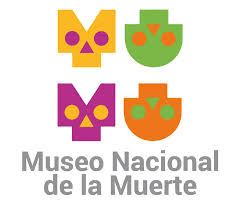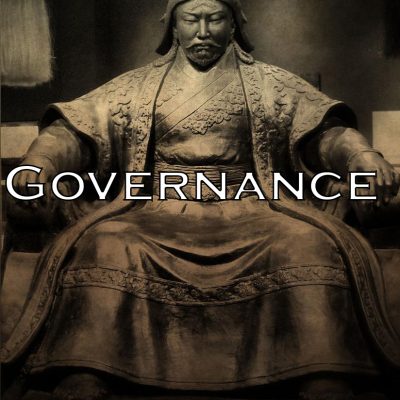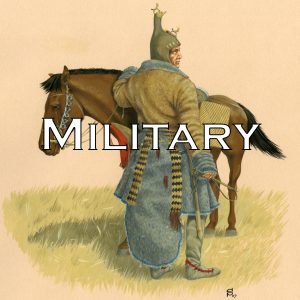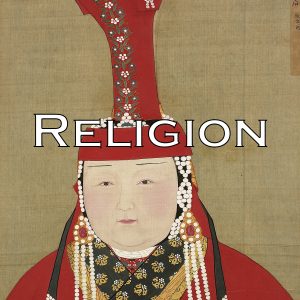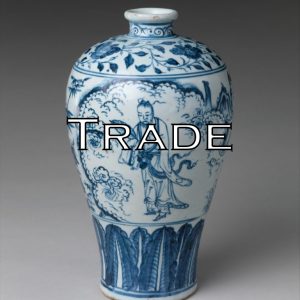Virtual Museums Across the World: 7/24/20
Leisa Taylor
São Paulo Art Museum (São Paulo)

Founded in 1947, São Paulo Art Museum has the most important collection of European art in the southern hemisphere. MASP’s holdings consist of more than 11,000 artworks, including paintings, sculptures, artifacts, photographs, videos, and clothing from various periods and regions. The virtual exhibit displays more than 1,000 pieces, including the history of the work, its author, and the artistic context of the time. One online exhibit, Histories of Madness, displays an extraordinary set of drawings made by patients at a São Paulo psychiatric hospital.
https://artsandculture.google.com/partner/masp
National Museum of Fine Arts (Rio de Janeiro)

The National Museum of Fine Arts houses paintings and sculptures by Brazilian artists of the 19th and 20th centuries. Established in 1937, it is considered the most important art museum in the country. The collection also includes drawings, engravings, documents, books, coins, decorative arts, furniture, and African art. An online exhibit, Everything the Eye Can See: Views of Rio Janeiro and its Hills, features artistic creations and panoramic views in appreciation of the city’s hills.
https://artsandculture.google.com/partner/museu-nacional-de-belas-artes
Football Museum (São Paulo)

The Football Museum highlights Brazilian soccer not only as a sport, but as a cultural heritage that is part of the identity of Brazil. The Museum examines soccer in the 20th century and how Brazilian habits, customs, and behaviors are inseparable from the sport. As part of its online offerings, the Museum partnered with Google to pay tribute to the pioneering women of a sport that many times denied them access. The collaborative project gathered stories and memories about women who dared to play soccer during the period of prohibition in Brazil between 1941 and 1979. Women, Disobedience, and Resilience is one of 15 online exhibits.
https://artsandculture.google.com/partner/museu-do-futebol


